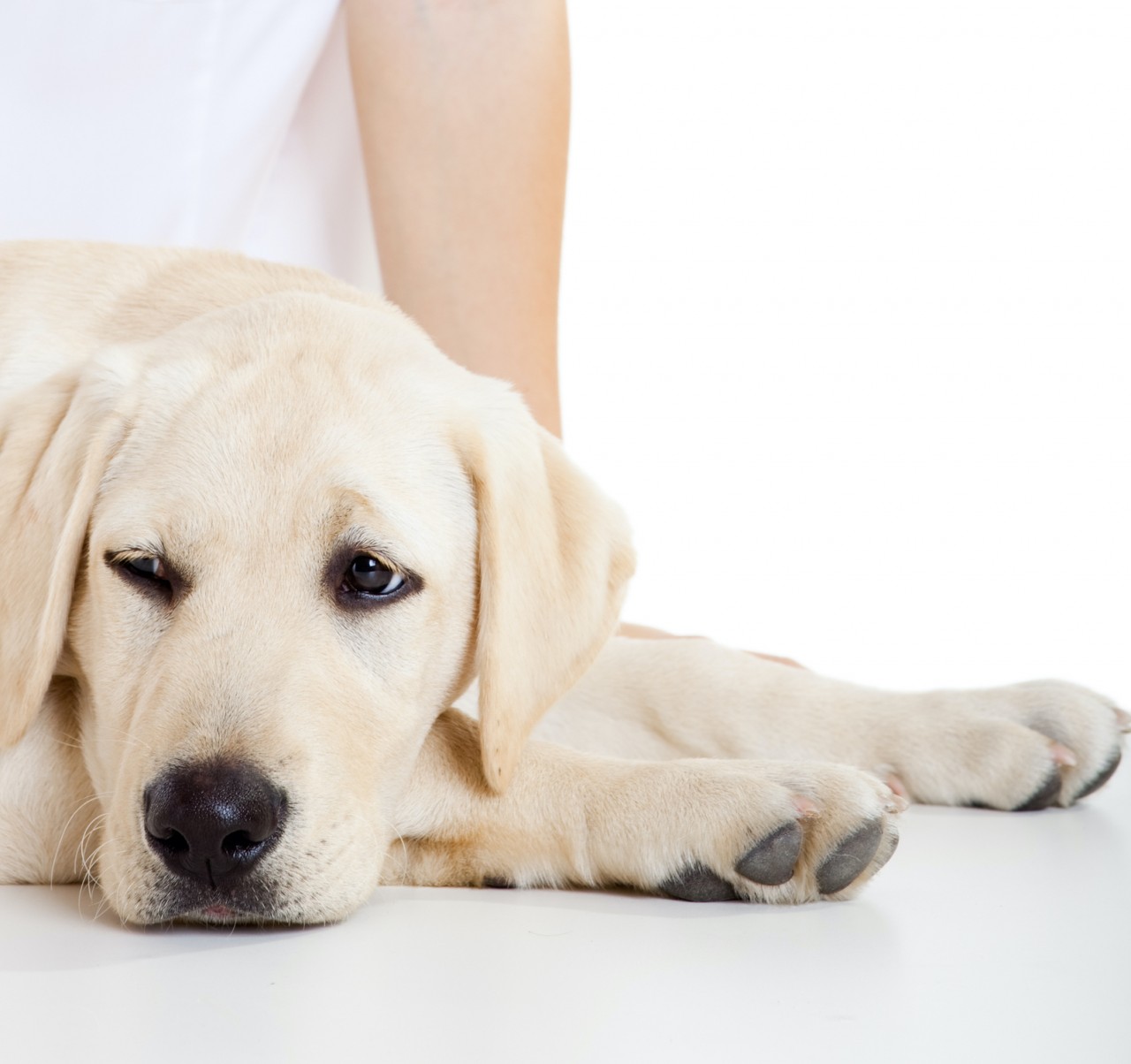A student is taking a private agility lesson at my facility. She finishes a particularly challenging sequence and turns toward me to talk about it. Meanwhile, her dog runs off and starts exploring the agility area on her own. While we chat, the dog circles the area, running through random tunnels or searching for treats. The handler finally calls her dog, but the dog is busy having fun.
Eventually, she collects her dog and puts her on leash, frustrated.
I am watching an online training video from one of my classes. The dog finishes a sequence of behaviors, and the handler hands him a treat and turns away, walking back to the area where she started. The dog eats the treat, looks at the handler, and seeing no connection, starts sniffing the ground. After a few seconds of this, the handler notices that her dog is not with her and scolds the dog, saying "get over here!"
As an instructor of both online and in-person classes, I regularly see my students disengage from their dogs while training. This disengagement does not usually occur while training the behaviors, but rather during the resets in between repetitions. I work very hard to maintain connection with my dog throughout our entire training session, and I don't want him to practice the cycle of disengaging and me having to get him back. I want my dog to be working with me the entire time that we are training, rather than possibly self-reinforcing by sniffing the ground or scavenging for treats, or building in other undesirable behaviors.
So how can we fix these all-too-common scenarios?
Have a Plan: Avoiding Disconnection During Training
First, have a plan. Before you grab your dog for training, know what you are going to work on. How many reps will you do? How will you end your session? What will you do if something doesn't go as planned? If you're working with an instructor, what will you do with your dog when you are getting instructions or talking? Knowing how you will handle each of these situations will help prevent those moments of disconnect.
Let's discuss some options!
Down Stay or Stations
I'm not sure what I'd do without stationing/down stays! A station is a physical object that the dog gets on, most often a dog cot or bed, but could be a crate pad or even a towel. It's just a physical object that the dog stays on. I like to use the raised beds for this purpose. I have a fold-up one that I take to lessons so my dog can go on it when I'm talking to the instructor.
I also teach all my dogs an informal relaxed down stay. During down stays, the dog is taught that I will ignore him/her until I'm ready to release. The dog understands that his/her job is to stay regardless of whether or not I'm paying attention.
Whenever I have to take my attention off the dog, whether it's to talk with an instructor, reset a dropped bar, change the course, or any other reason, I will have my dog either go to the station or lie down. This frees me up to do what I need to do, and gives my dog a job so he doesn't engage in other behaviors that are less than desirable.
Here is Excel relaxing on the station while I'm busy doing something else.
Be Creative About Resets
Sometimes we can lose the dog if we don't pay attention to our resets. The reset is what happens after the dog swallows the treat. Many dogs will disconnect after they've received reinforcement. There are ways you can teach your dog to stay in the game. Sometimes giving multiple treats will show the dog that more things might happen after the first cookie. I teach my dogs to give automatic eye contact after getting the treat. Depending on the situation, you should make it easy for your dog to offer the next rep. Here's a great example of that. In this video, I am working with Excel on a chin rest. My cookies are ready in my left hand and you can see how Excel offers the next rep as soon as he eats the treat. There is not any extra behaviors getting rewarded in between the treat and the next rep.
Pay Attention to Your Dog
It really comes down to this: pay attention to your dog. If you notice that your dog is disconnecting and you have to try and get him/her back, then explore why it is happening and come up with a plan. The handler disconnecting from the dog is not the only reason that the dog wanders off and sniffs the ground, but it's a common scenario! In addition, it's an easy problem to fix, since it just requires changing the behavior of the handler.
If your dog isn't ready for a down stay or a station, then gently hold his/her collar, or put the dog on a leash. You can even crate the dog if you are going to be occupied for more than a few seconds. Any of these scenarios would be better than letting your dog run around sniffing and scarfing down hidden treats. With a little bit of thought and planning, you can prevent these bad habits from creeping into your training.
